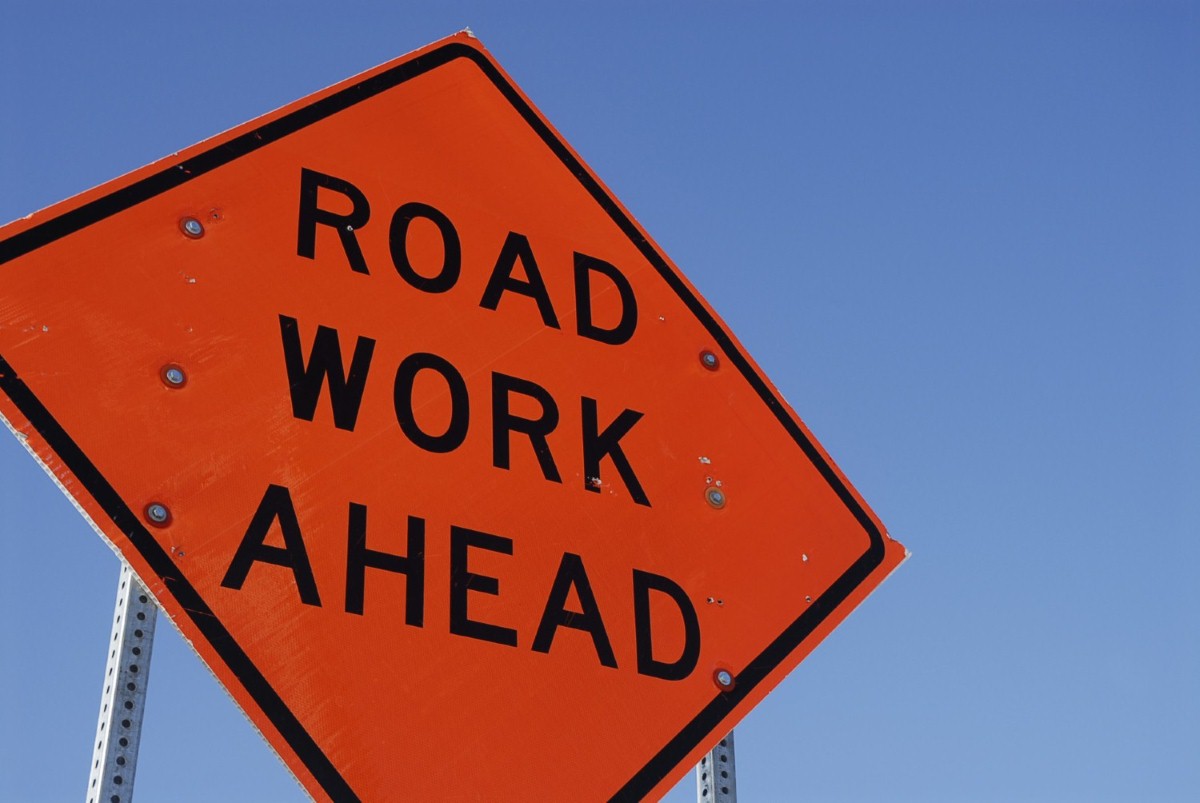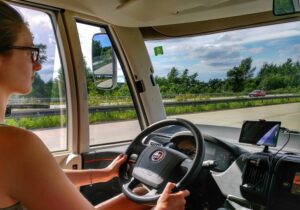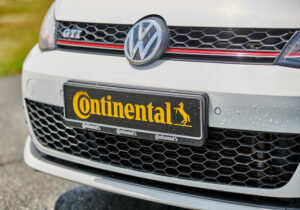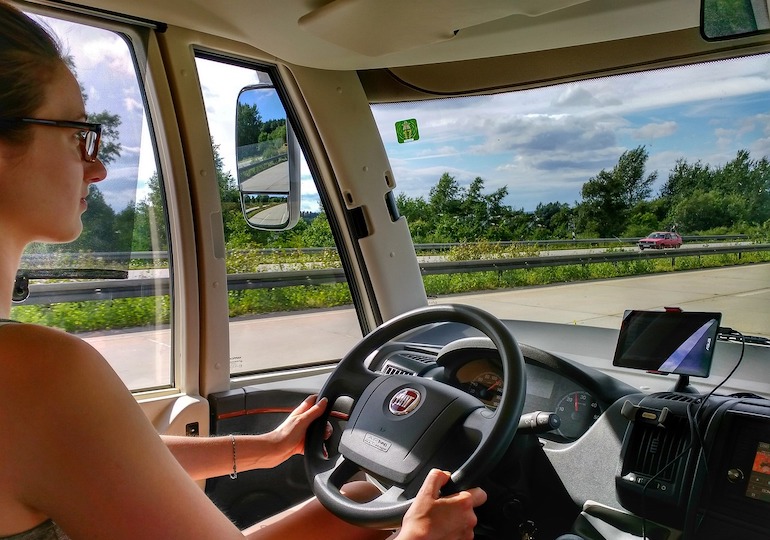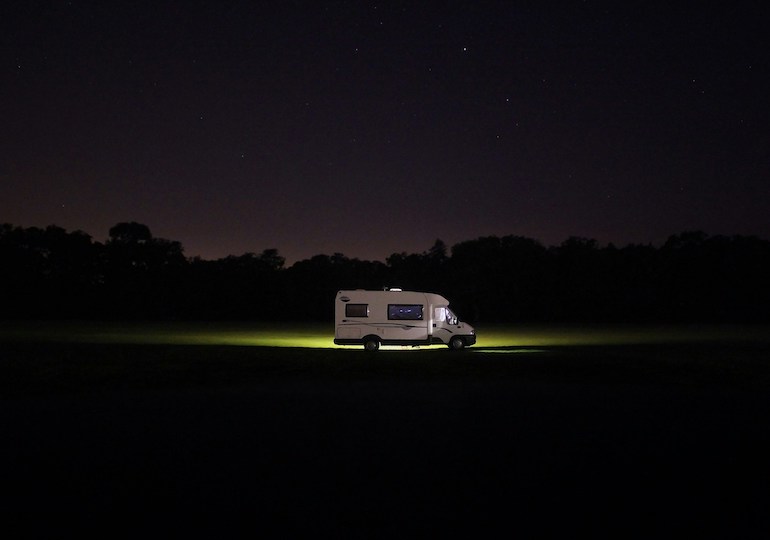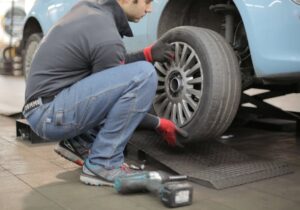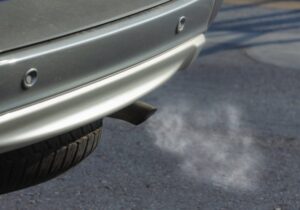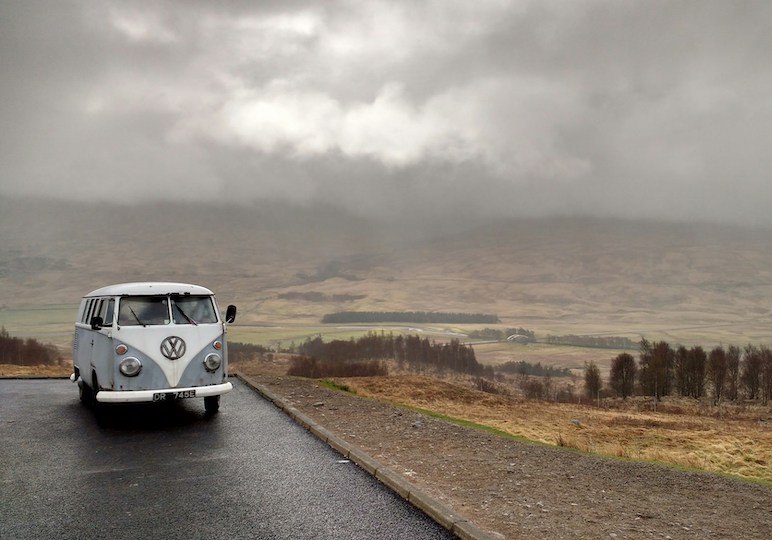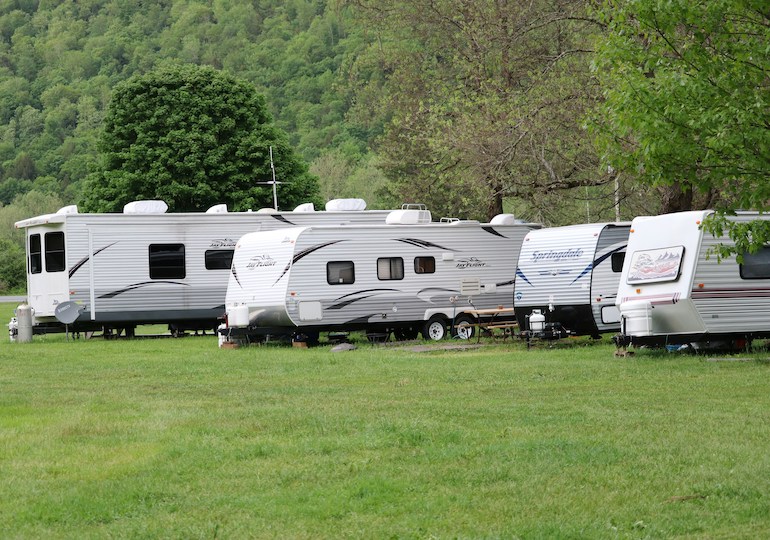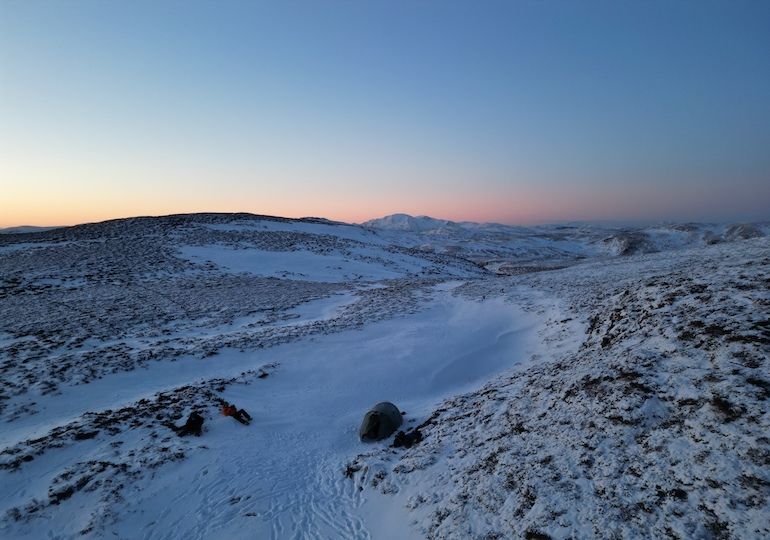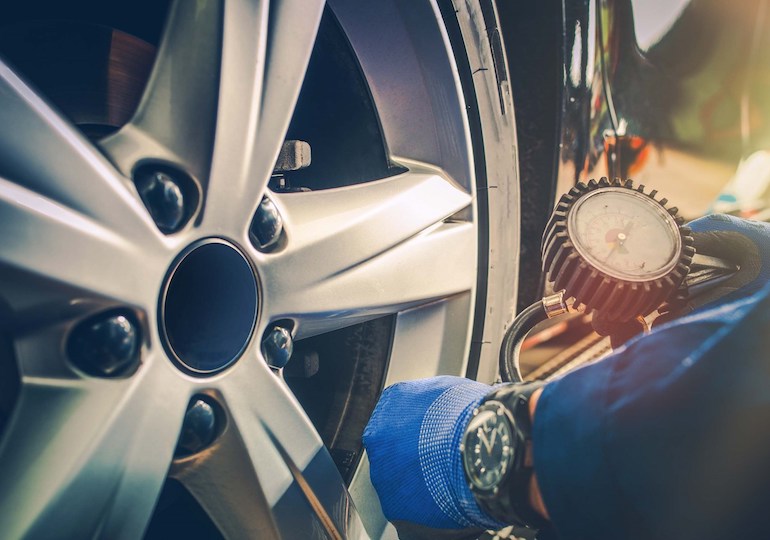By William Coleman
With so many phones having instant internet access it seems they may be a great tool to help maintain road quality by sending ‘crowdsourced’ data instantly when driving. A recent new study has shown this could well be the future of road maintenance services.
Driving and mobiles phones are not a very good combination, aside from connecting your phone to your car stereo. But what if your phone can send an instant safety update to get road surfaces fixed quicker?
When towing you can really feel it when the road quality is poor and it can be an uncomfortable, and hazardous, journey. Having a good quality road surface can make all the difference to your journey, so it is important road maintenance companies keep on top of things. Some agencies simply do not have the resources to keep every inch of road monitored, which leads to some roads falling into a bad state.
Any modern smartphone will have high-resolution three-axis accelerometers, a sensor and data calculator, and GPS tracking already built into it. When combined with a new app, it can record how a vehicle moves vertically in relation to the carriageway, which can provide a useful measure of road roughness for civil engineers.
Researchers at the University of Birmingham have studied the feasibility of using smartphones in this way, publishing their findings in the Journal of Infrastructure Systems.
On most road networks, road roughness is usually used as the measure of the functional condition because it can be related readily to road use costs and measurement can be automated.
Co-author Dr Michael Burrow, senior lecturer at the University of Birmingham, commented:
“The most accurate automated methods of assessing road roughness use vehicles fitted with lasers, but even assessing the roughness of a reasonably-sized network can be costly.
“An attractive solution is to use acceleration sensors built into most smartphones – because smartphone ownership and use are widespread, we can foresee an approach where the condition of road networks is assessed using crowdsourced data from these mobile devices.”
If the roads are kept to an appropriate standard it encourages development and vastly reduces road use costs. On top of that, it improves travel time, fuel consumption and wear and tear on your tow car and leisure vehicle.
Due to a lack of resource and manpower, road agencies try to make the most of what assets they do have and prioritise certain areas and roads, leaving many others last in line for some much-needed repair.
The International Roughness Index (IRI) is the most commonly used measure of road roughness, but even assessing the roughness of a reasonably-sized road network can be costly using ‘traditional’ technology.
For example, the cost of collecting road roughness data in the United States is between $1.4 and $6.2 per kilometre, depending on the state – in Illinois, which has 224,719 km of roads, the annual cost of data collection is $1.4 million.
Decision-making using roughness data collected using a smartphone system could allow road agencies to:
- Produce a regular low-cost summary of the entire road network’s condition
- Use network-level models to evaluate and compare maintenance policies, as well as assessing road use and road agency costs
- Screen roads to identify and prioritise road sections requiring maintenance
.
“Routine inspection of the condition of a road network could be achieved using low-cost data collection systems on smartphones with similar characteristics inside a fleet of vehicles of similar types, travelling at normal traffic speeds,” noted Dr Burrow.
“Vertical acceleration data from smartphones could be analysed using machine learning algorithms to enable IRI to be predicted to a similar accuracy as would be expected from a visual inspection, but with improved repeatability and reproducibility.
A particularly useful application could be the assessment of the condition of low-volume rural road networks in developing countries where the majority of rural roads are constructed from either gravel or earth and where smartphone ownership is surprisingly high.”
We’ve driven and towed across the Australian outback, the arctic and all across continental Europe, so it is safe to say we’ve come across some very questionable road surfaces and types. At times, the fear of potentially damaging our vehicles was very real and we did incur some damage that was no fault of our own.
Someone, we won’t mention names, lost a great waste pipe going through bear country in Romania due to some extreme potholes.
It is safe to say that a lot of safe tow car drivers out there have been adversely affected by poor road conditions. An app like this, that would help speed up road maintenance, gets a thumbs up from us.

